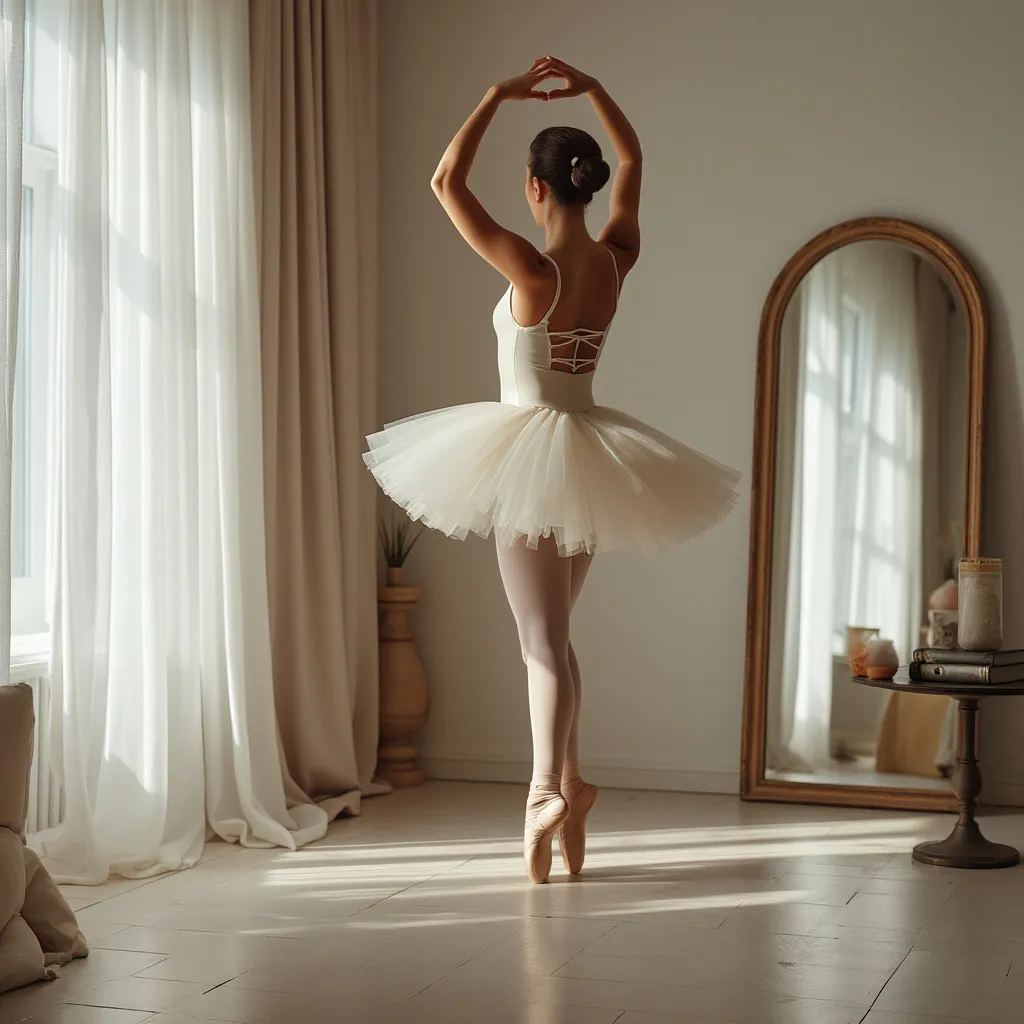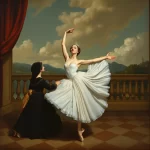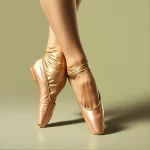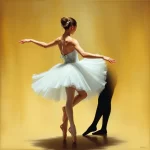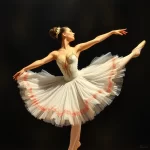Ballet and War: How Ballet Survived and Evolved Through Conflict
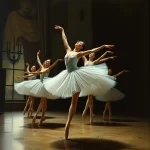
Introduction
Ballet, an art form characterized by its grace, precision, and expressive movement, has a rich history that spans centuries. Originating in the Italian Renaissance courts of the 15th century, ballet has evolved into a global phenomenon, captivating audiences with its beauty and technical prowess. However, ballet’s journey has not been without its challenges. Throughout history, wars and conflicts have posed significant threats to the survival and evolution of this delicate art form. This article delves into how ballet has managed to endure and transform through times of conflict, highlighting its resilience and adaptability.
The Early Years: Ballet’s Origins and Initial Challenges
The Birth of Ballet in the Italian Renaissance
Ballet’s roots can be traced back to the Italian Renaissance, where it began as a form of court entertainment. The term “ballet” itself is derived from the Italian word “balletto,” meaning a little dance. These early performances were often elaborate spectacles that combined dance, music, and poetry, designed to celebrate important events and display the wealth and power of the nobility.
Spread to France and the Establishment of the Royal Academy of Dance
In the 16th century, ballet spread to France, where it found a new home under the patronage of King Louis XIV. The Sun King, an avid dancer himself, established the Royal Academy of Dance in 1661, which played a crucial role in formalizing ballet techniques and training. Despite its growing popularity, ballet faced numerous challenges, including political upheavals and financial constraints that threatened its development.
Ballet During the Napoleonic Wars
Impact on Ballet Companies and Performances
The Napoleonic Wars (1803-1815) brought widespread devastation across Europe, affecting all aspects of society, including the arts. Ballet companies faced significant disruptions as theaters were destroyed, and resources became scarce. Many dancers and choreographers were forced to flee their homes, seeking refuge in other countries.
Adaptation and Innovation
Despite these challenges, ballet continued to evolve. The Romantic era of ballet emerged during this period, characterized by an emphasis on emotion, fantasy, and the supernatural. Iconic ballets such as “La Sylphide” (1832) and “Giselle” (1841) were created, showcasing the resilience and creativity of artists who adapted to the changing times. The use of pointe work, ethereal costumes, and innovative stage effects became hallmarks of this era, captivating audiences and ensuring ballet’s survival.
Ballet in the 20th Century: World Wars and Beyond
World War I: A Time of Turmoil
World War I (1914-1918) brought unprecedented destruction and loss of life, profoundly impacting the arts. Ballet companies faced financial difficulties, and many dancers were conscripted into military service. The war also led to a shift in cultural priorities, with a focus on survival rather than artistic expression.
The Ballets Russes: A Beacon of Hope
Amidst the chaos, the Ballets Russes, founded by Sergei Diaghilev in 1909, emerged as a beacon of hope for ballet. This groundbreaking company brought together some of the most talented dancers, choreographers, and designers of the time, including Vaslav Nijinsky, Anna Pavlova, and Igor Stravinsky. The Ballets Russes revolutionized ballet with its innovative productions, blending traditional techniques with modernist influences. Despite the challenges posed by the war, the company continued to tour and perform, leaving an indelible mark on the art form.
World War II: Ballet’s Struggle and Resilience
World War II (1939-1945) once again brought immense hardship to the world of ballet. Theaters were bombed, and many dancers and choreographers were displaced or killed. However, ballet’s resilience shone through as companies adapted to the circumstances. In the United States, the American Ballet Theatre (founded in 1939) and the New York City Ballet (founded in 1948) emerged as major institutions, providing a platform for ballet to thrive in the post-war era.
The Cold War: Ballet as a Cultural Weapon
During the Cold War (1947-1991), ballet became a cultural weapon in the ideological battle between the East and the West. The Soviet Union invested heavily in ballet, using it as a tool to showcase the superiority of communist culture. The Bolshoi Ballet and the Kirov Ballet (now the Mariinsky Ballet) gained international acclaim, producing legendary dancers such as Rudolf Nureyev and Mikhail Baryshnikov.
In response, Western countries also promoted their own ballet companies, leading to a period of intense artistic competition. This rivalry spurred innovation and excellence, pushing ballet to new heights. The exchange of ideas and techniques between East and West enriched the art form, ensuring its continued evolution.
Modern Conflicts and Ballet’s Continued Evolution
Challenges in the 21st Century
The 21st century has seen its share of conflicts, from regional wars to global crises such as the COVID-19 pandemic. These challenges have once again tested ballet’s resilience. The pandemic, in particular, forced theaters to close and performances to be canceled, leading to financial strain for many ballet companies.
Embracing Technology and Innovation
In response to these challenges, ballet has embraced technology and innovation. Virtual performances, online classes, and digital collaborations have become essential tools for keeping the art form alive. Ballet companies have adapted to new ways of reaching audiences, ensuring that the beauty and power of ballet continue to inspire people around the world.
FAQ
How did ballet originate?
Ballet originated in the Italian Renaissance courts of the 15th century as a form of court entertainment. It combined dance, music, and poetry to celebrate important events and display the wealth and power of the nobility.
How did the Napoleonic Wars affect ballet?
The Napoleonic Wars brought widespread devastation across Europe, affecting ballet companies as theaters were destroyed and resources became scarce. Despite these challenges, ballet continued to evolve, with the Romantic era of ballet emerging during this period.
What was the impact of World War I on ballet?
World War I brought significant financial difficulties to ballet companies, and many dancers were conscripted into military service. However, the Ballets Russes, founded by Sergei Diaghilev, emerged as a beacon of hope, revolutionizing ballet with its innovative productions.
How did ballet survive World War II?
World War II brought immense hardship to ballet, with theaters bombed and many dancers displaced or killed. However, ballet’s resilience shone through as companies adapted to the circumstances. In the United States, major institutions like the American Ballet Theatre and the New York City Ballet emerged, providing a platform for ballet to thrive in the post-war era.
How did the Cold War influence ballet?
During the Cold War, ballet became a cultural weapon in the ideological battle between the East and the West. The Soviet Union invested heavily in ballet, using it to showcase the superiority of communist culture. In response, Western countries also promoted their own ballet companies, leading to intense artistic competition and innovation.
How has ballet adapted to modern conflicts and challenges?
In the 21st century, ballet has faced challenges such as regional wars and the COVID-19 pandemic. In response, ballet has embraced technology and innovation, with virtual performances, online classes, and digital collaborations becoming essential tools for keeping the art form alive.
Conclusion
Ballet’s journey through history is a testament to its resilience and adaptability. Despite facing numerous challenges, from wars and political upheavals to global crises, ballet has managed to survive and evolve. Its ability to adapt to changing circumstances, embrace innovation, and inspire audiences worldwide has ensured its continued relevance and vitality. As we look to the future, ballet’s enduring legacy serves as a reminder of the power of art to transcend conflict and bring beauty and hope to the world.

